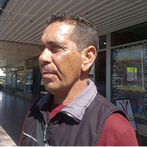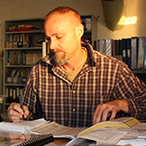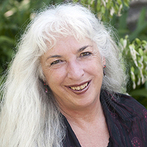
What's Up Skip? (3CR, Melbourne)
By Kate Elliott
- UPDATE 18/11/2014 - this piece has been shortlisted for a Voiceless Media Award in the broadcast category
Nothing says ‘Australia’ like the kangaroo. From the 1960’s TV sensation Skippy the Bush Kangaroo, the green & gold Made in Australia logo and the Qantas flying kangaroo to indigenous dreamtime mythology.
The kangaroo is an icon that crosses generations and cultures.
You possibly even have a few kangaroo embossed dollar coins jangling around in your pocket to pay for your morning coffee.
The kangaroo is everywhere.
And yet, when was the last time you actually saw a real-life bounder; a mob of Australian kangaroos.
What's up Skip? is a radio feature that asks what is it like to be an Australian kangaroo – both loved and labelled a pest in your own homeland.
The program examines our relationship with the kangaroo and questions how our attitudes towards this native animal have shaped government policy, industry practices and media representation.
Have we all, too readily, sung along with the commercial industry's catchy tune of kangaroo meat being 'humane, necessary and sustainable’?
EXTRAS
Fiona Corke 
Listen to Fiona Corke's interview about the Pukapunyal kangaroo kill on 3CR's animal advocacy show, Freedom of Species.
Eric Robert Craigie

Former President of the Australian Alliance for Native Animals Survival and Gumilaroi elder from North West NSW.
Ray Mjadwesch

Ecologist and Certified Environmental Practitioner, specialising in environmental/flora/fauna management and threatened species issues. Listen to Ray's full interview as broadcast on 3CR's animal advocacy show, Freedom of Species.
Deborah Bird Rose

Professor in Environmental Humanities at the University of New South Wales. Environmental Humanities encourages interdisciplinary research relating to the environment, drawing on both science and humanities. Visit Deborah's website here.
Facebook comments